‘Cosmic Glitch’ in the Universe is Making Astronomers Rethink Einstein’s Theory of Relativity
A “cosmic glitch” has sparked a lively debate after researchers from the University of Waterloo and the University of British Columbia released a paper proposing that Albert Einstein’s Theory of Relativity needs a tweak.
The rethinking follows a series of phenomena that researchers haven’t been able to explain using the theory laid out in the German physicist’s work, leading them to suggest gravity acts differently under certain circumstances.
The Theory of Relativity
Einstein released his theory of “general relativity” to the world in 1915, which aimed to detail how gravity affects the fabric of space-time. This expanded on his earlier work, the theory of special relativity, published a decade beforehand.

Source: Hulton Archive/Getty Images
Over the past century, the vast majority of calculations in his greatest theory have been proven correct, including the possibility of guiding GPS technology to predict the existence of black holes.
The Gravity Gold Standard
Einstein’s theory of general relativity has served as the gold standard for understanding gravity for the better part of a century. He suggested that the force affects not only the three physical dimensions but also a fourth: time.
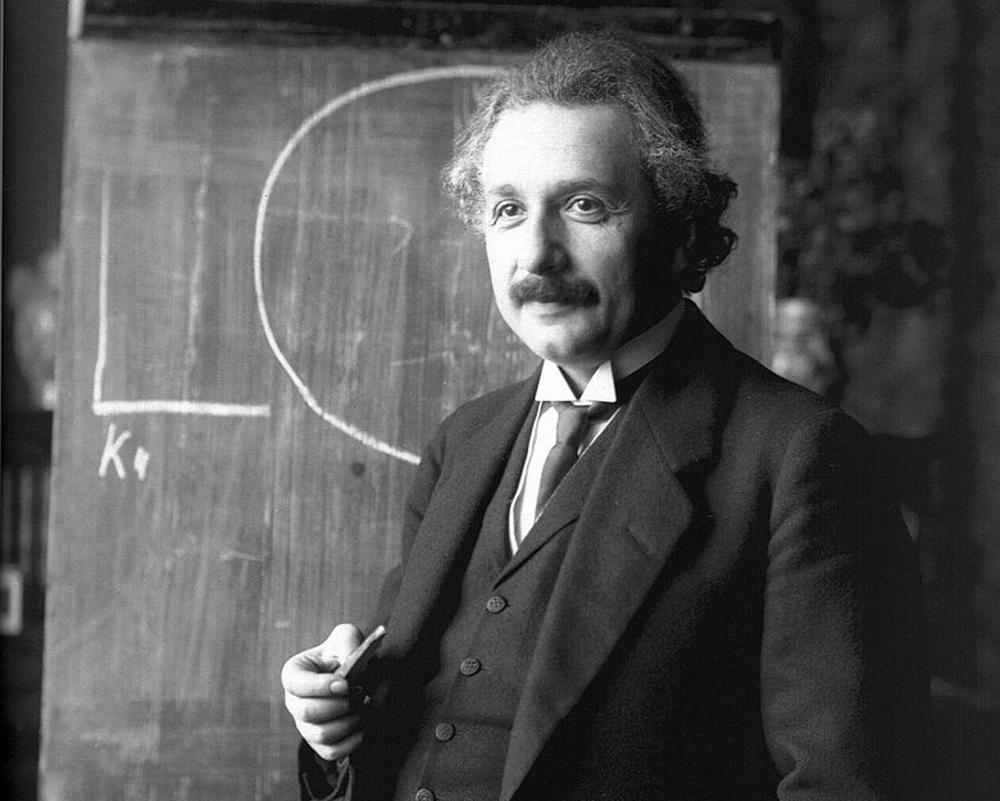
Source: Wikimedia
According to Robin Wen, the lead author on the project and a recent Waterloo Mathematical Physics graduate, “This model of gravity has been essential for everything from theorizing the Big Bang to photographing black holes.”
The Problem With Einstein's Theory
Researchers from the Universities of Waterloo and British Columbia have encountered unforeseen phenomena that cannot be explained using Einstein’s theory of gravity.

Source: Freepik
“But when we try to understand gravity on a cosmic scale, at the scale of galaxy clusters and beyond, we encounter apparent inconsistencies with the predictions of general relativity,” said Wen.
Einstein's Theory Doesn’t Work When Dealing With Vast Distances
According to researchers, when they try to apply Einstein’s theory of reality to clusters of galaxies that span billions of light years, the physicists’ take on gravity doesn’t work.

Source: Freepik
“It’s almost as if gravity itself stops perfectly matching Einstein’s theory. We are calling this inconsistency a ‘cosmic glitch’: gravity becomes around one percent weaker when dealing with distances in the billions of light years,” said Wen.
The Cosmic Glitch
Wen and the researchers from both universities have been involved in a lengthy study to better understand the problems surrounding gravity. They have deemed the unusual discrepancy in Einstein’s theory of general relativity a “cosmic glitch.”
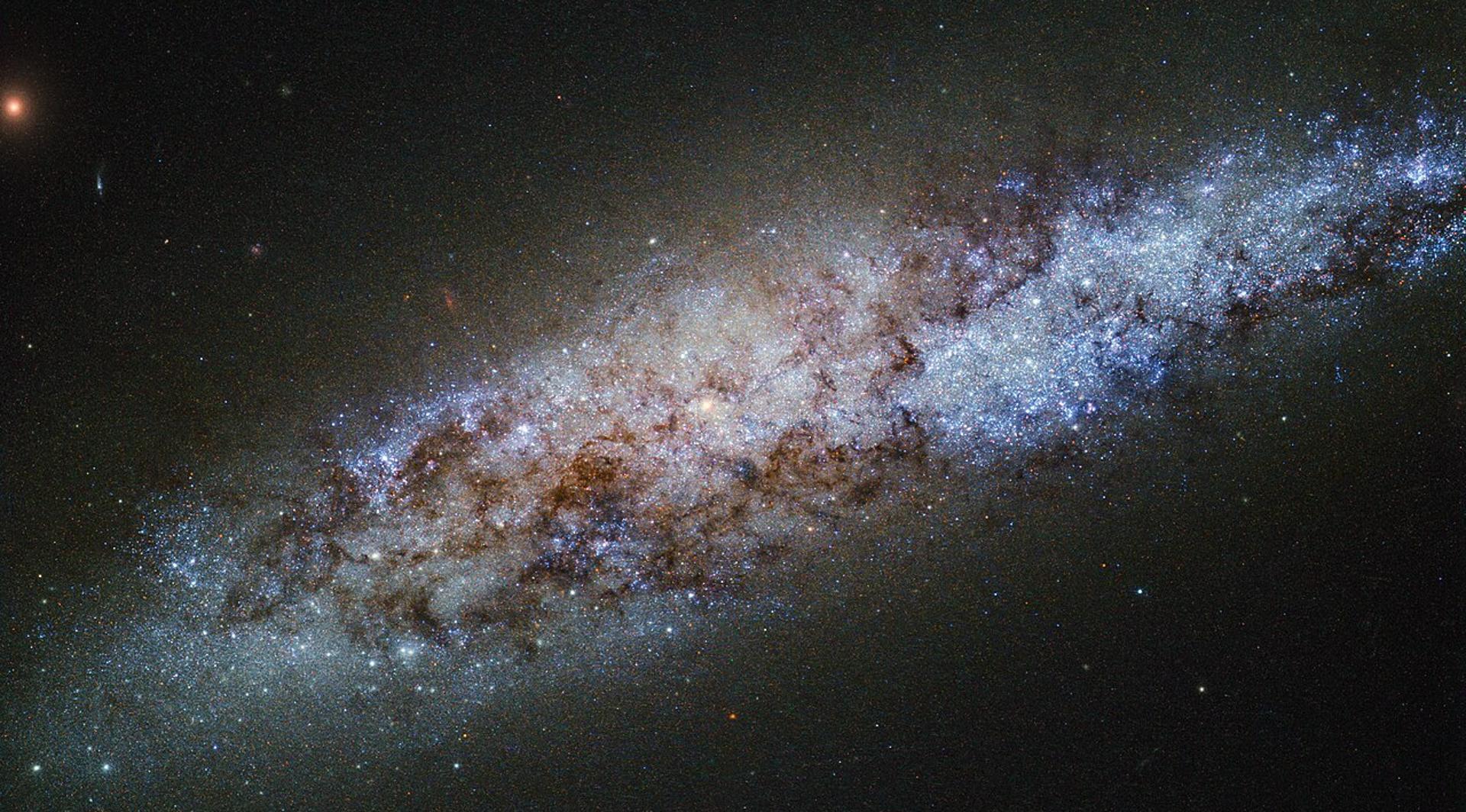
Source: Freepik
The team recently published their study, “A cosmic glitch in gravity,” which appears in the Journal of Cosmology and Astroparticle Physics and aims to tackle the problem at hand.
Gravity Becomes Weaker at Large Scales
The new study, most of which was completed at Waterloo, a university with a long history of influential gravitational research, made some impressive discoveries that were well-received by the scientific community.
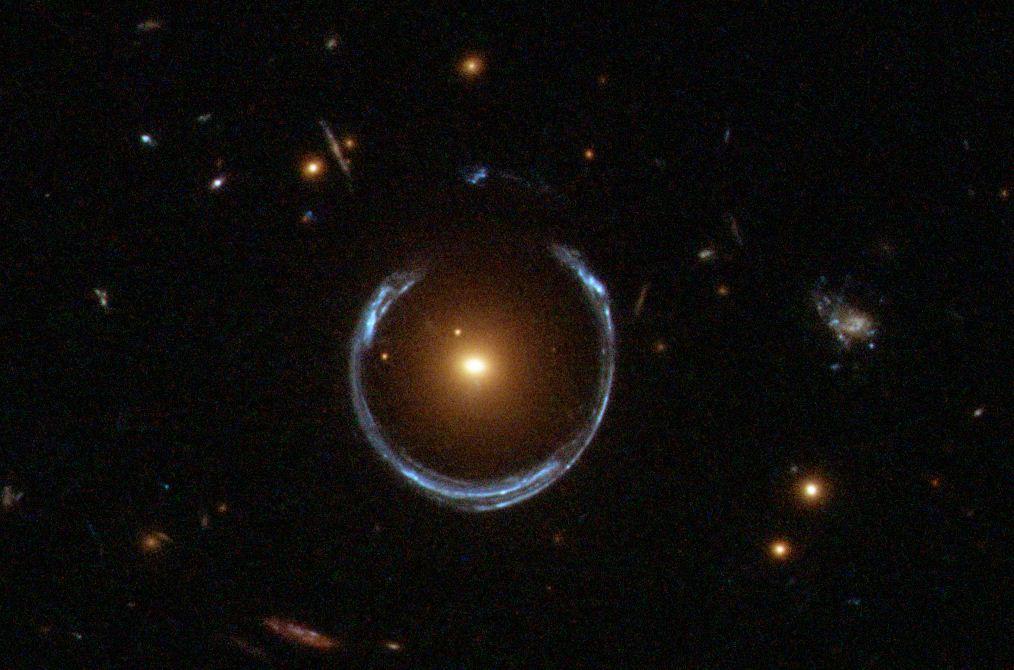
Source: Wikimedia
The researchers believed they found evidence suggesting that gravity becomes 1% weaker at significantly large scales. If Einstein’s theory of relativity were without flaws, then this 1% would not exist.
Einstein’s Theory May Be Insufficient
Niayesh Afshordi, a professor of astrophysics at the University of Waterloo and researcher at the Perimeter Institute, explained the new findings, stating, “Almost a century ago, astronomers discovered that our universe is expanding.”

Source: Wikimedia
She continued, “The farther away galaxies are, the faster they are moving, to the point that they seem to be moving at nearly the speed of light, the maximum allowed by Einstein’s theory. Our finding suggests that, on those very scales, Einstein’s theory may also be insufficient.”
Extensions of Einstein's Theory
Wen and his team’s new cosmic glitch model is simply an extension or modification of Einstein’s theory of relativity. According to the researchers, it helps to solve some inconsistencies in the German physicists’ work.

Source: Wikimedia
“Think of it as being like a footnote to Einstein’s theory,” Wen said. “Once you reach a cosmic scale, terms and conditions apply.”
The Theory of Relativity is Here to Stay
According to the researchers, Einstein’s theory of relativity is still the gold standard for understanding gravity at smaller scales and will remain so for the foreseeable future.
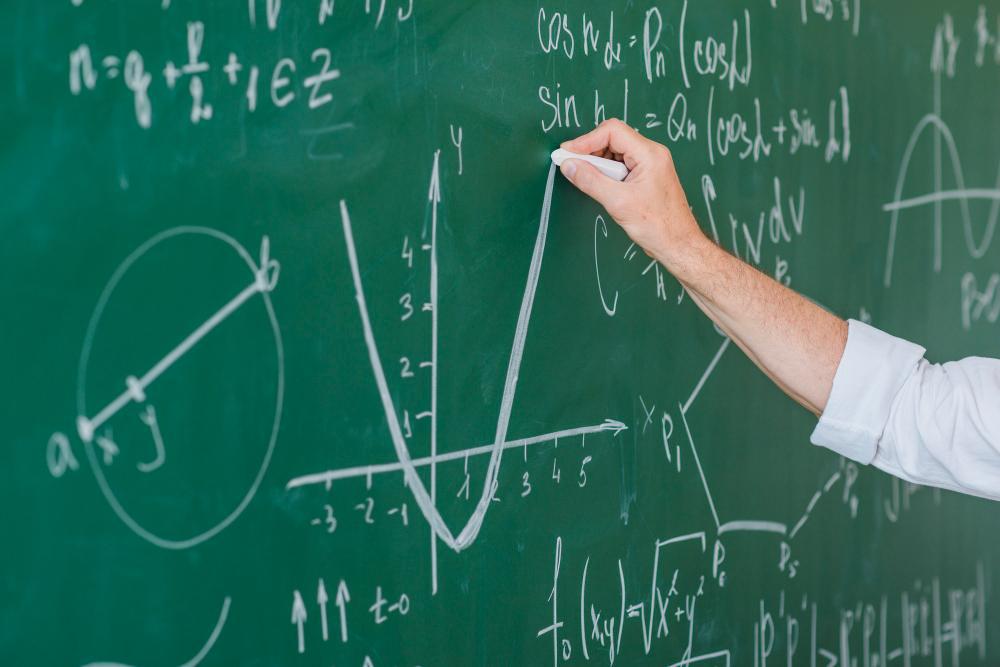
Source: Freepik
“It’s not like we’re breaking how your GPS works or a black hole. We were only trying to see if there’s any deviation at the largest possible scales,” Wen told Business Insider.
The New Puzzle
Professor Afshordi explains that the new cosmic glitch model is just the first step in better understanding the expansive cosmic puzzle. According to the astrophysicist, there is much more work to get to the bottom of the mysteries surrounding space and time.
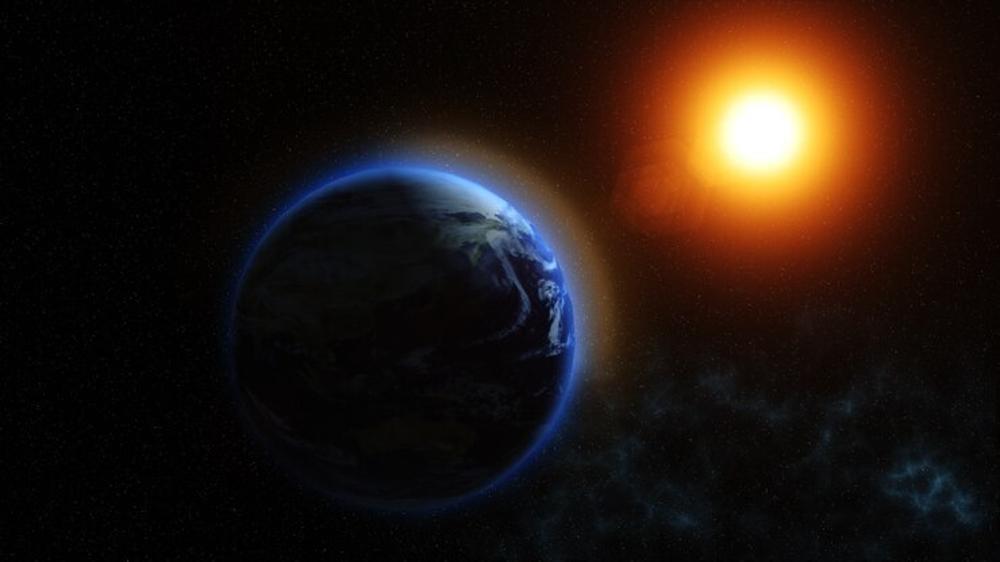
Source: Freepik
“This new model might just be the first clue in a cosmic puzzle we are starting to solve across space and time,” she said.
Better Understanding the Cosmic Glitch
Should the researchers behind the cosmic glitch model provide sufficient evidence to suggest it truly exists, it could revolutionize cosmology and help cosmologists better explain some of the universe’s greatest mysteries.
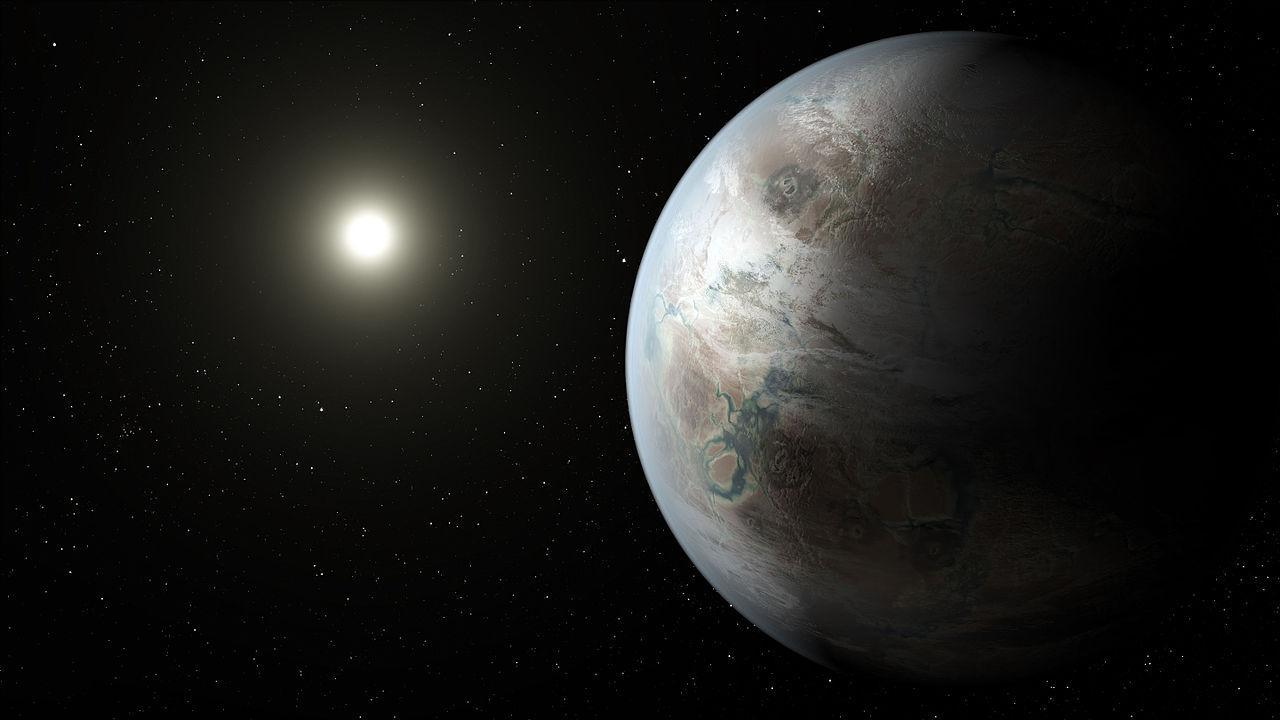
Source: Freepik
As things stand, the University of Waterloo and the University of British Columbia researchers will continue working on their cosmic glitch model to better understand how gravity works when spread across vast distances.
